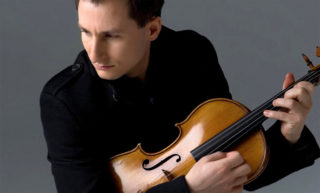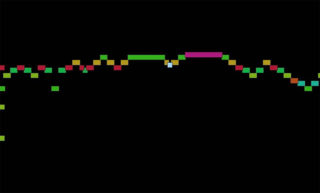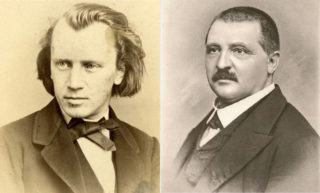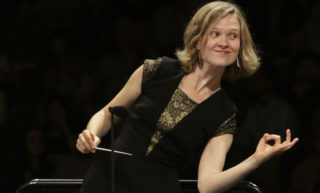In Ecclesiis in the Basler Münster
Sinfonieorchester Basel
21 and 22 August 2019
Ivor Bolton, Conductor
Giovanni Gabrieli / Bruno Maderna - In ecclesiis
Anton Bruckner - Symphony 8
A well-known Italian conductor once said that two pieces sum up the entire history of western classical music: Bach’s Saint-Matthew’s passion and Mozart’s Don Giovanni. He must have thought along the same lines as his countryman Gian Francesco Malipiero, Bruno Maderna’s composition teacher at the conservatory of music in Venice, who said “nothing is invented, most things are discovered”, by which he meant to say that innovation in music is no more than a renewed presentation of existing elements. For wunderkind Maderna – he performed the Bruch violin concerto and conducted the orchestra of La Scala at the age of seven – this could have been enormously daunting, but he nevertheless went on to become one of the twentieth century’s most respected composers. As a matter of fact, Maderna (1920 – 1973) may have considered Malipiero’s premise as an inspiration to make arrangements of existing pieces he admired. Apart from many original compositions, Maderna made no less than 33 of such adaptations, among which Gabrieli’s In Ecclesiis.
Gabrieli (1557 – 1612), just like Maderna born in Venice, conceived the piece to be played in Saint Mark’s basilica, the world-renowned multi-domed church of La Serenissima, where he was the principal organist. The location was ideal for his polychoral style of composing in which different choirs, groups of voices or instruments were placed in the vast space of the church in order to accentuate the different musical material or, vice versa, to be the musical reflection of the architecture. Playing the work in the Basler Münster could therefore not be more fitting. As in other Bruckner+ concerts, the composition that is paired with a symphony of the Austrian master is archived at the Paul Sacher Foundation. In the case of Maderna we will also be commemorating his hundredth birthday this season.
Bruckner’s eighth symphony is characterized by three extra-musical themes. The first movement is dominated by the Death Announcement, inspired by Brunnhilde’s prediction of Siegmund’s death and his inclusion into Valhalla from Wagner’s Walküre. As an arch that unites the entire symphony, a series of themes culminating into ten piercing notes in the trumpets and horns -the actual announcement- eventually returns in the Finale.
At the core of the Scherzo lies the imaginary person of the German Michel who represents the character of the German people: good-hearted and hard-working, but forceful and courageous when affronted.
The last movement envisions a meeting of the emperors of Russia (note the Ride of the Cossacks theme in the strings), Germany and Austria in 1884 near Brno in the current Czech Repblic. Whether Bruckner admired Germany/ the German Michel or saw the united German Empire as a threat to Austria is unknown, but the views do not mutually exclude each other.
This will be the last season the SOB will be wandering between several locations. For next season’s opening concert, in exactly a year, we will be back again in the renovated and extended Stadtcasino. However, for this program a side trip to the Münster would always be the right choice.
These English program notes have been published in the magazine (No. 1, 2019/2020) of the Sinfonieorchester Basel.








Comments